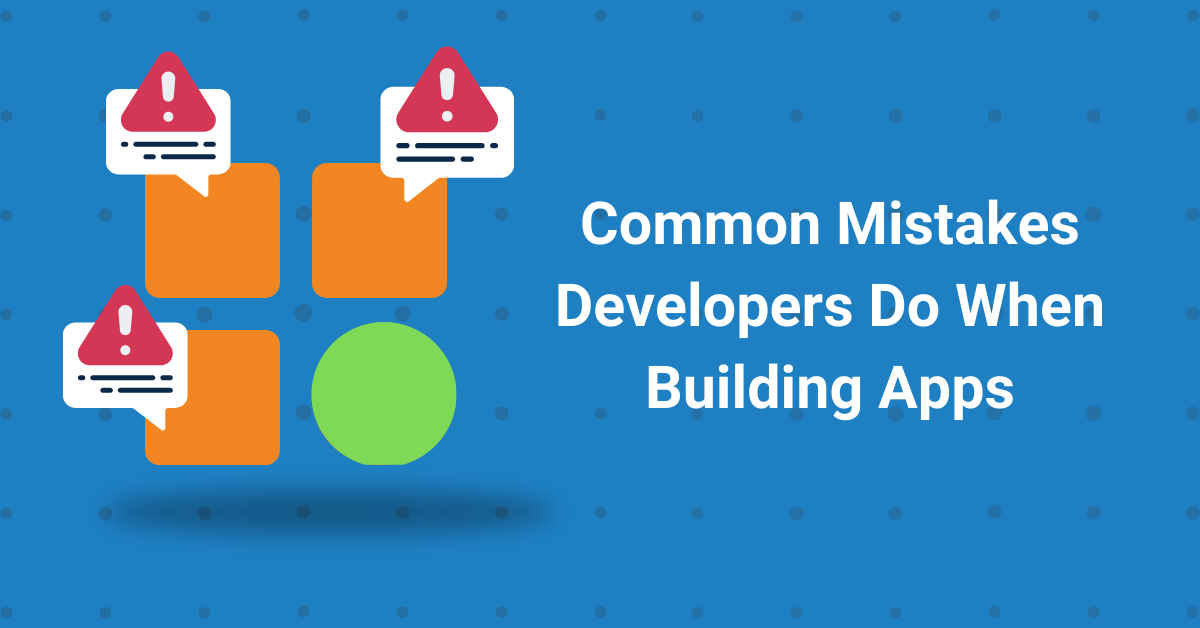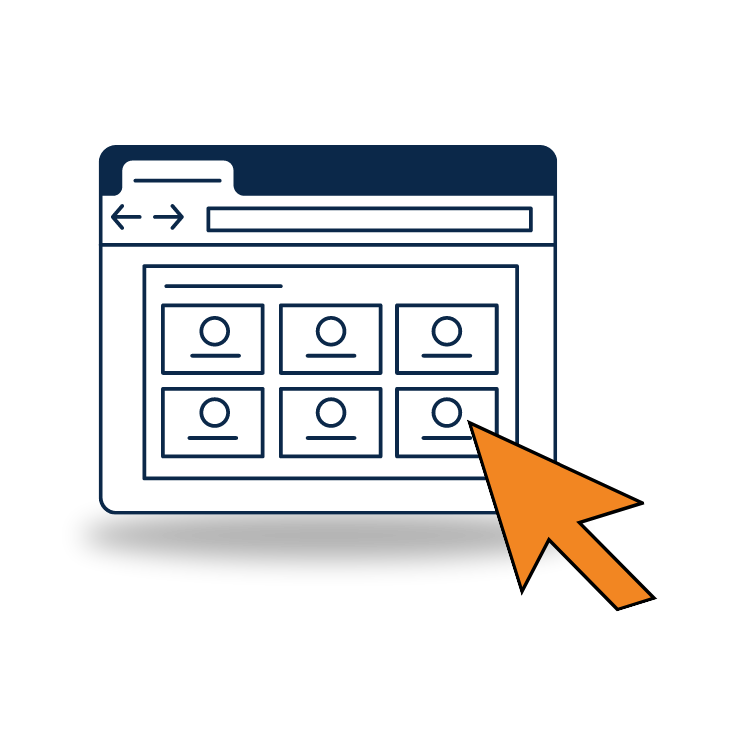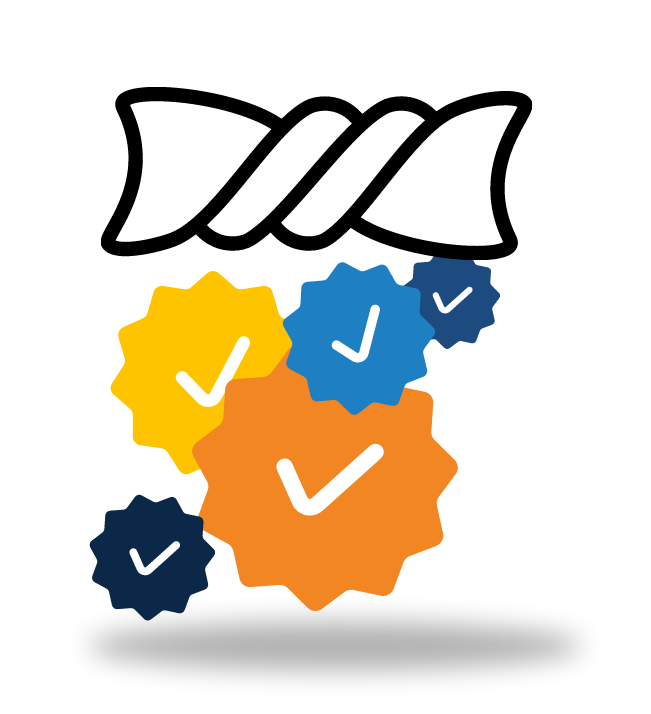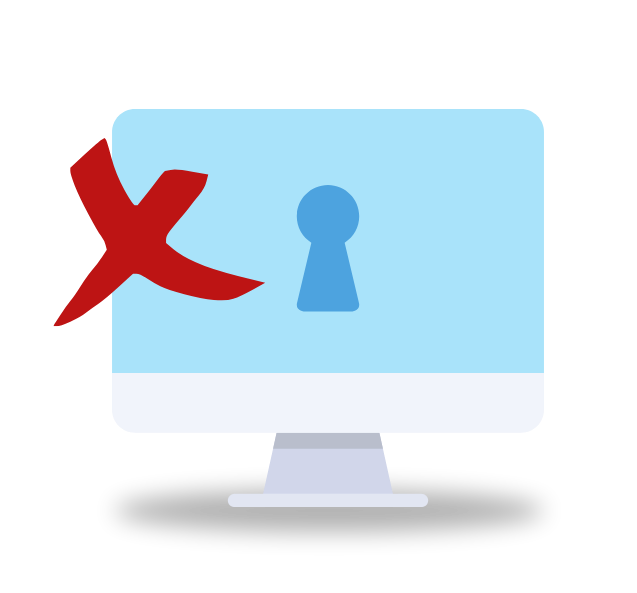
With the rapid rate at which new apps are popping up, it goes without saying that app development is becoming increasingly popular. Over 143 billion apps were downloaded in 2021 alone. However, not all apps garner the success their developers may have initially hoped to achieve. Many end up getting uninstalled after their first use.
The competitive market is partly to blame for this. But mistakes that occur during the application development process are to blame as well. Here, we’ll go over eight of the most common mistakes developers make so that you can avoid them and position your app for success.

After coming up with or hearing an idea for an app, many developers want to dive right into bringing the vision to life. However, rushing in without research can lead to numerous issues and wasted money.
Successfully developing and marketing an app relies on user research. Is there a need for the app? If so, who is the target audience — what are their demographics? And what are their typical behaviors and motivations?
Competitor research is also critical. If they’re also developing an app — or if they already have one — then keeping tabs on what they’re up to will help you create something unique and appealing.

There’s nothing wrong with wanting to create a great app that users will love. In fact, that’s usually the point. There’s no such thing as a “perfect” app, though. Trying to create something that’s free of all flaws could lead to a never-ending development cycle. Ultimately, you may never launch it.
That doesn’t mean you can’t strive to develop an app that continues to improve over time. One way to do this is by creating a minimum viable product or MVP. An MVP is a version of an app that only includes the essential features it needs to work. You can then release it to early adopters who can assess its functionality and performance. Their feedback allows you to create a better final product, avoid time and budget waste, and may even speed up the time to launch.

Testing is a critical component of the software development lifecycle (SDLC). It ensures a smooth, pleasant user experience and helps developers squash “bugs” before launch. The problem is that several challenges still exist.
There are several strategies for dealing with common testing challenges. Here are a few that may help:

It’s not uncommon for developers to get so entrenched in the development process that they forget about how users will interact with an app. Unfortunately, that mistake can be costly. A poor user experience is one of the top reasons people uninstall apps.
Several issues can impact an app’s user experience, including:
An essential consideration for a good user experience? The user! Put yourself in their shoes when assessing the overall experience. The feedback you get from your MVP version can come in handy, too.

Unique features and functions that serve a purpose for app users are great. Trying to squeeze in too many, however, can be detrimental.
For one thing, the more features you add, the more expensive the project becomes. Excessive features can bog the app down, hindering its performance and ruining the user experience. The app can also become too large and require too much space on users’ phones.
When determining what features to add to an app, consider if they’re necessary first. Leave out the ones that don’t offer any value. If you start hearing a call for specific features from users, you can add and optimize them later.

You might feel tempted to develop your app for every possible platform right out of the gate. After all, it’s a surefire way to attract more users.
But trying to tackle multiple platforms from the start could quickly destroy your budget. It can also be incredibly time-consuming. Instead, consider starting with one platform — basing your decision on market research — and expanding to others after your initial launch.
That doesn’t mean you can’t develop an app for more than one platform to start. Make sure that you have a cross-platform strategy, though. For instance, you could use a single source code on a cross-platform app development tool to deploy on Android and iOS devices.

Feedback has come up a couple of times already. Listening to what your app users have to say is critical for building an app that they want to use. It’s about more than just listening, though. It’s also about using that feedback to improve your app with each update. Along with eliminating pain points for your users, using customer input lets them know you care. That’s one of the best ways to earn their loyalty.
What happens if you don’t listen? User satisfaction decreases, and people start uninstalling your app in favor of something else.

A recent survey found that 86% of developers don’t view security as a top priority when writing code. Half of the respondents also said they wouldn’t be able to guarantee their code to be safe from common vulnerabilities.
Hackers don’t only attack websites. Some can reverse engineer mobile apps to inspect them while they work or capture communications between an app and server. They can also use code-based attacks to steal data, get around security checks, or compromise your app’s integrity.
Prioritizing security is a must. One way to do this is with comprehensive mobile app protection with PreEmptive. Applying a layered approach, PreEmptive Protection uses obfuscation, encryption, tamper-proofing, and more to make your apps more difficult for potential hackers to exploit. It integrates seamlessly into your build process and requires no code changes. Best of all, it goes wherever your apps go.
App development can be a time-intensive and sometimes frustrating process. Even the best developers make mistakes from time to time. Understanding the most common ones can help you avoid them or manage them more effectively if they do happen.
If you’re looking for ways to make your apps more secure, PreEmptive is here to help. Visit our products page for more information about our app protection, or check out our resources to see what else we can do for you!